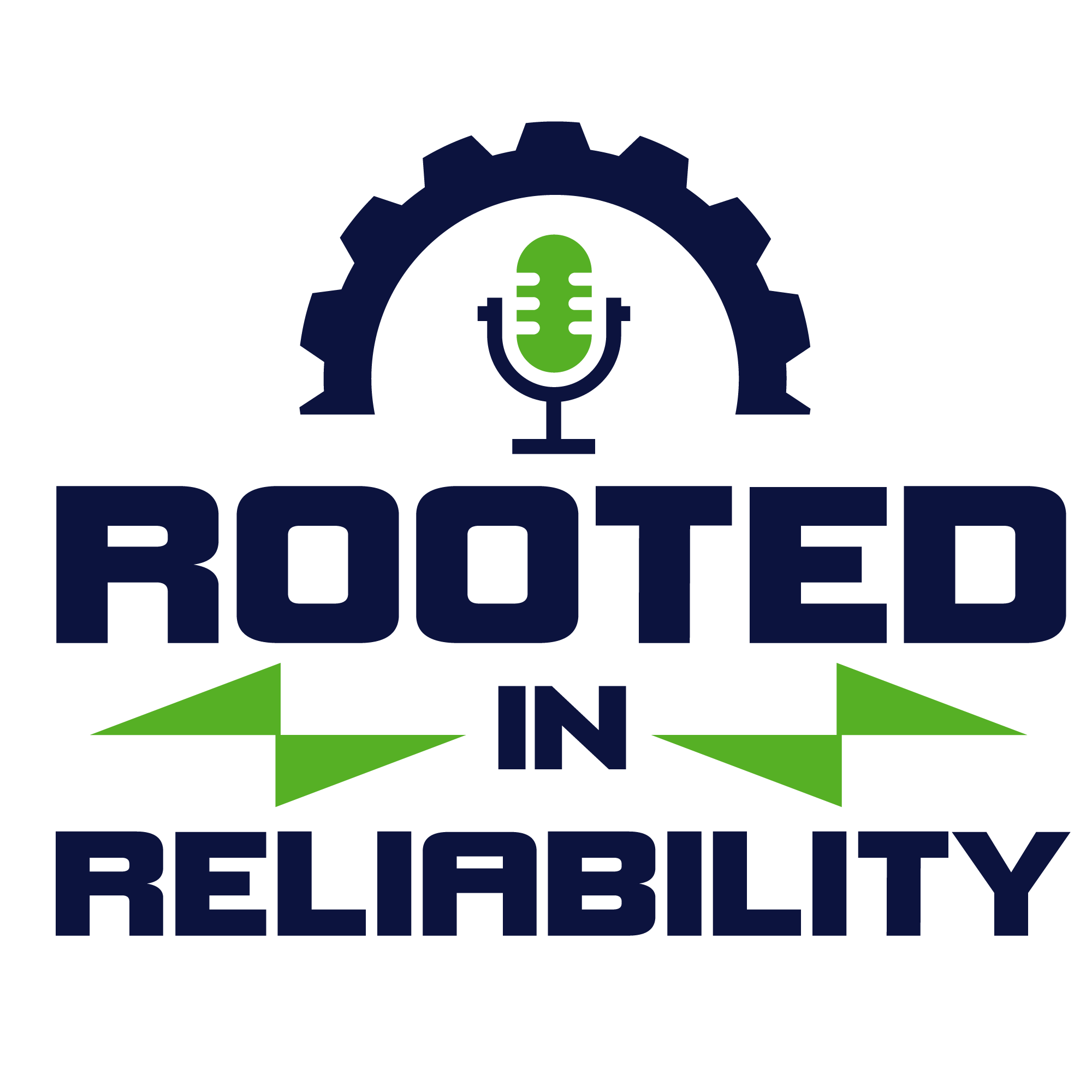The Reliability Improvement Journey with Jason Tranter
 This episode is about the reliability improvement journey of Jason Tranter who is currently the managing director also the founder and owner of Mobius Institute. He started his journey when vibration analysis was just in the early phase and organizations were keen to work on condition-based maintenance to have good productivity and improved availability. Reliability in the present times, depends heavily on the availability of the equipment and vibration analysis helps greatly in this endeavor to make your assets more dependable which ultimately improves reliability techniques of an organization. You want the systems to operate when you need them to operate and you make sure that they do so by improving reliability at different levels. This results in increased uptime, quality products leading to time and cost saving. The concept of reliability changes depending on the organizations but the main goal should always be to help the organizations achieve their objectives by taking measurements of running of equipment whenever needed.
This episode is about the reliability improvement journey of Jason Tranter who is currently the managing director also the founder and owner of Mobius Institute. He started his journey when vibration analysis was just in the early phase and organizations were keen to work on condition-based maintenance to have good productivity and improved availability. Reliability in the present times, depends heavily on the availability of the equipment and vibration analysis helps greatly in this endeavor to make your assets more dependable which ultimately improves reliability techniques of an organization. You want the systems to operate when you need them to operate and you make sure that they do so by improving reliability at different levels. This results in increased uptime, quality products leading to time and cost saving. The concept of reliability changes depending on the organizations but the main goal should always be to help the organizations achieve their objectives by taking measurements of running of equipment whenever needed.
The basic purpose of reliability is to provide safe equipment at all times because it s very difficult to work in an environment where failures are completely uncertain. You need to have the right procedures and policies in place. Then you need to have the tools available whenever you need them if you are even going to complete every process in an effective way. The other goals should be reducing the downtime, providing the safe working and environment-friendly conditions to significantly increase the productivity.
To get started with reliability, you need to have a clear understanding of the culture of your organization along with the end goals of what you want to achieve. You need to get the support of your management and workforce, train them if necessary before just going into the technical terms of the reliability. The baselines are the first thing to have in place because when you go about buying a new technology or software, it is useless if you don t have the means to use it or people won t accept that change in their technological framework. That s why technology and the organizational culture go hand-in-hand. So, you need to assess your business needs, find out what you are doing wrong and then improve it gradually.
Then you need to define the roles and responsibilities of everyone clearly and make sure that they are educated if need be. Reliability programs often fail because the people factor is handled very poorly. Everyone needs to get involved, management needs to communicate with their employees at each level, ask their suggestions, help them in every way possible and then let them see for themselves the results of their efforts. It will not make them motivated, they would really be giving their best because they know that their work has value and their suggestions are also the part of what they do. The roadmap or whatever strategy you have should be flexible enough to fit for the future goals. E-learning and industry best practices help greatly too.
Eruditio, LLC Links:
- Eruditio, LLC
- A Smarter Way of Preventative Maintenance – Free eBook
- Maintenance Planning & Scheduling: Planning for Profitability Video Course
Jason Tranter Links:
The post 51 The Reliability Improvement Journey with Jason Tranter appeared first on Accendo Reliability.

